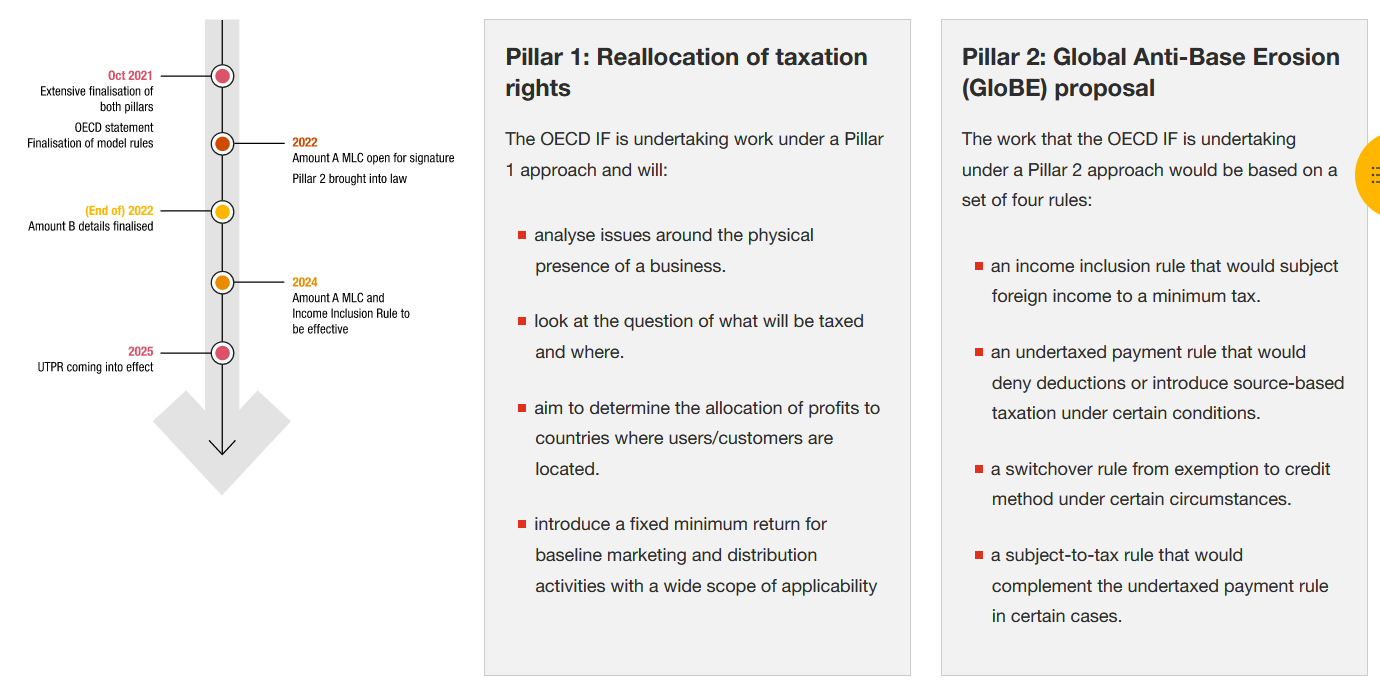How will an RfP really serve you?
How can you obtain excellent answers from vendors that will enable you to choose the one that will ensure the successful implementation of your project into a reliable long-term solution.
1) The RfP can be prepared by an internal person, by a young and lesser-qualified person, or with the help of an experienced external consultant.
2) RfPs often contain 100 or more questions because every single detail is critical. It becomes problematic when a provider hires a not-so-experienced person who may simply lack the skill in recognizing all the details. It really pays to hire an experienced specialist who knows the vendors, is neutral, and sometimes skips questions because the essentials are built in anyway.
3) Do not believe all the answers you receive. It is imperative that vendors answer perfectly to get the job. Also, verify that the vendor’s team is prepared to provide long-term support to you as a client.
4) The responses from a small vendor should be evaluated differently than the identical responses from a large international vendor. Read between the lines.
4) Keep all communication channels open to send documents and emails back and forth. Sometimes one phone call can unravel many lines of an email.
5) Are your finance, accounting and IT people willing to work the hours it takes to get the project completed? Are these people willing to work as a true team with the vendor?
6) Are you prepared to adjust goals when things change? Examples: the software decided upon is purchased from another vendor, internal accounting is suddenly involved with another project, the ERP may change, etc. etc.
Call Martin Schneider for a mutual exchange and accept the counsel from others who have a similar project.
Get inspired by the basic texts on our free Tomato RfP in German and Tomato RfP in English.
